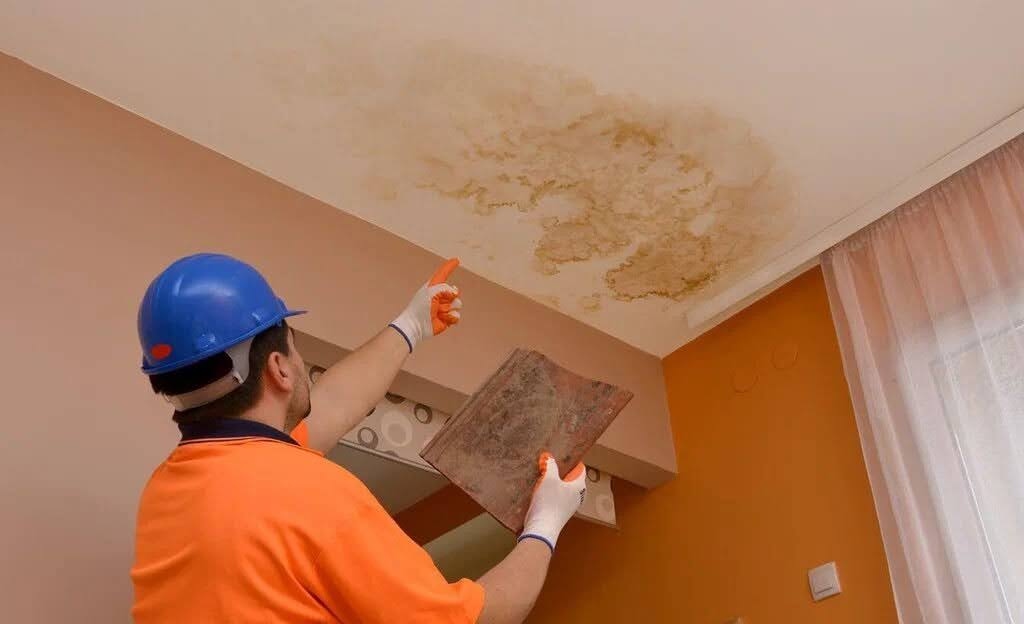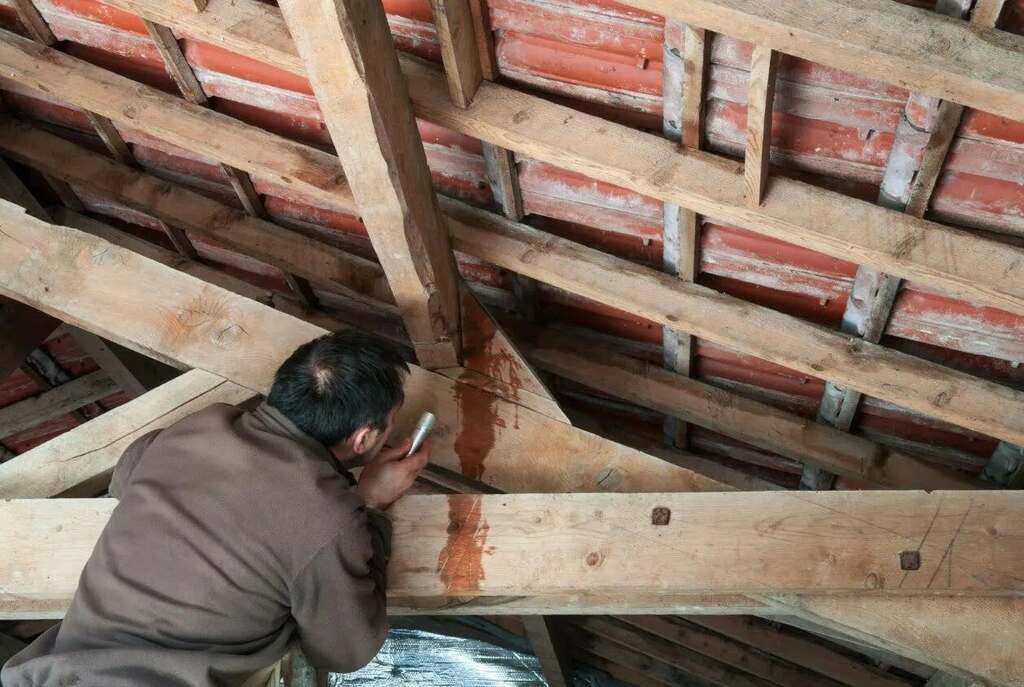When it comes to our homes, a sturdy roof is one of the first lines of defense against the elements. However, even the most well-built roofs can develop hidden leaks that go unnoticed until significant damage occurs. These leaks can lead to water damage, mold growth, and a host of other issues that could compromise the integrity of your home.
Therefore, understanding how to detect hidden leaks in a roofing system before major damage occurs is crucial for every homeowner.
Why Hidden Leaks Are a Big Problem
Hidden leaks are particularly dangerous because they go unnoticed for long periods. Unlike obvious leaks that let water drip down from the ceiling, hidden leaks often get trapped inside walls, attics, or under the roof itself. An estimated 98% of basements experience some form of water damage during their lifespan. Water can travel through structures in unpredictable ways, making it tricky to spot the actual source of the leak.
When a roofing system begins to leak, it can create a series of problems, such as soaked insulation, warped wood, and stained drywall. That is why detecting hidden leaks as early as possible is essential. Let’s look at some effective methods to help homeowners identify these issues promptly.
1. Inspect Your Ceiling and Walls for Signs of Moisture
One of the first places you may notice signs of a hidden leak is inside your home, where visible indicators can signal a larger issue. Look for water stains or discoloration on ceilings and walls, peeling paint or bubbling wallpaper, and mold or mildew growth in unexpected areas, as these signs indicate moisture intrusion that should be addressed immediately to prevent further damage.
A study by GCI Consultants emphasizes the importance of thorough inspection programs to identify as-built conditions and current states of walls and components. The objectives include detecting visible and concealed water damage and formulating hypotheses about potential causes. The study advocates for developing and performing a water leakage investigative test plan to effectively identify and address hidden leaks.
2. Check the Attic for Water Damage
Your attic is one of the best places to check for roofing leaks. Look for:
- Damp insulation or wood.
- Water stains on the underside of the roof deck.
- Musty odors that suggest mold or mildew.
- Sunlight shines through small gaps, indicating potential leak points. Regular attic inspections can help you catch leaks before they spread.
3. Examine the Roof for Missing or Damaged Shingles
A damaged roof is a ticking time bomb for leaks, making regular inspections necessary to prevent costly repairs. Check your roof for signs of damage, including cracked, curled, or missing shingles, loose or exposed nails, and damaged flashing around chimneys, vents, and skylights.
Additionally, ensure gutters are clean and functioning properly to prevent water from accumulating and exacerbating the damage. Performing visual inspections after heavy storms can help you identify early signs of roof damage and take proactive steps to prevent leaks.
4. Use a Garden Hose to Simulate Rainfall
If you suspect a leak but can’t find the source, try using a garden hose:
- Have someone stay inside the attic while you slowly spray water on different areas of the roof.
- Start at the lowest part of the roof and work your way up.
- Wait a few minutes to see if water drips inside the attic. This method helps pinpoint the exact location of a leak, allowing for quicker repairs.
5. Monitor Your Utility Bills
An unexpected rise in your water or energy bills could indicate a leak-related issue. When water enters insulation or electrical components, your home may become less energy-efficient. If you notice an increase in costs, consider checking for hidden leaks.
6. Look for Mold or Mildew Growth
Mold thrives in moist environments. If you notice mold or mildew growth in areas where moisture shouldn’t be, it may be a sign of a hidden leak. Mold can pose health risks and should be addressed immediately.
7. Hire a Professional Roofing Inspector

If you live in a coastal area like West Palm Beach and are unsure about the condition of your roof, hire a professional inspector to conduct regular inspections and maintenance. An expert roofer can identify and address potential problems before they cause major damage. For instance, a reputable West Palm Beach Roofing Company can provide expert services to keep your roof in top condition.
These experts can detect moisture behind walls, check for structural weaknesses, and provide a detailed assessment of potential problem areas.
The Role of Technology in Detecting Hidden Leaks
Technology plays a significant role in detecting hidden leaks in a roofing system. Specialized equipment such as infrared cameras and moisture meters can help detect hidden leaks and prevent major damage.
Infrared cameras use thermal imaging to detect temperature differences in your roof, which can indicate hidden leaks. Moisture meters measure the moisture levels in your roof, which can also indicate hidden leaks.
Conclusion
Detecting hidden leaks in a roofing system requires a combination of visual inspections, specialized equipment, and regular maintenance. By taking proactive steps to detect and prevent hidden leaks, you can prevent major damage and financial losses.
Remember to regularly inspect your roof, keep your roof clean, and trim trees and shrubs to prevent damage. If you detect a hidden leak, contact a professional roofer immediately to inspect and repair your roof.

